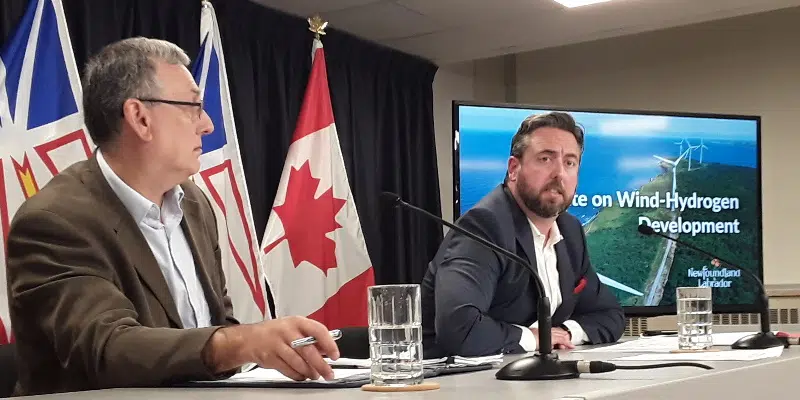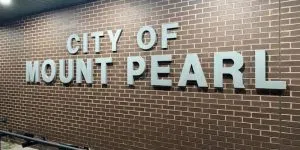The selection of four companies to pioneer the province’s wind energy industry did not go unnoticed globally, says Energy Minister Andrew Parsons.
The four were revealed yesterday, making the final cut from the 40 or so that first came forward last fall.
They include ABO near Come By Chance, EverWind on the Burin Peninsula, Exploits Valley Renewables in central, and World Energy GH2 on the west coast. The projects were chosen from a shortlist of nine based on a point system, with access to power being a key factor.
Parsons says granting exclusive rights to the land is a signal to investors that this is happening—and soon.
“A lot of people have been waiting for this,” he said. “This news is not just being received here in Newfoundland and Labrador. I can tell you that it’s being received in multiple countries around the world that we are ready to move forward.”
The four proponents now have 18 months to go through the Crown Land referral process which includes an environment assessment.
They’re also paying 3.5 per cent of market value to hold the land, which ranges from 30,000 hectares in central, to 270,000 hectares on the Burin Peninsula.
Meanwhile, Parsons concedes filling all the potential jobs will be a challenge.
“I would be wrong to say it’s not a concern, but I would rather have thousands of jobs and try to find the people to fill them, rather than have thousands of people and no jobs for them to go into,” he said.
“I talked to Trades NL on this, they’re certainly excited for the opportunity, but now there’s gonna be a lot of work that goes into making sure we have the individuals and the skills and training that come with new projects and a new industry.”
Pattern Energy’s project near Argentia, bolstered by a visit from the Deputy Prime Minister this week, was excluded from this phase since it involves private, not Crown land.
Meanwhile, NL Hydro CEO Jennifer Williams was in the room for yesterday’s update on wind-hydrogen projects.
She has said the province must double its power capacity over the next decade in order to meet demand.
But deciding how best to do that is a constant challenge due to the unpredictability of increasing load forecasts.
Williams says that was stressed during a recent technical conference with the Public Utilities Board.
“We laid out quite clearly how the load forecast is changing year over year, in some instances every six months that it’s increasing,” she said. “And going into that conference we had committed to a whole host of studies to examine all of the things that we need to understand before we make a decision.
“So we’re taking many steps to fill out the regulatory record to make sure we are making the right decisions for how we can supply what’s coming.”
Williams noted those steps will involve decisions not just in the short term, but over the next 10 to 20 years.

























